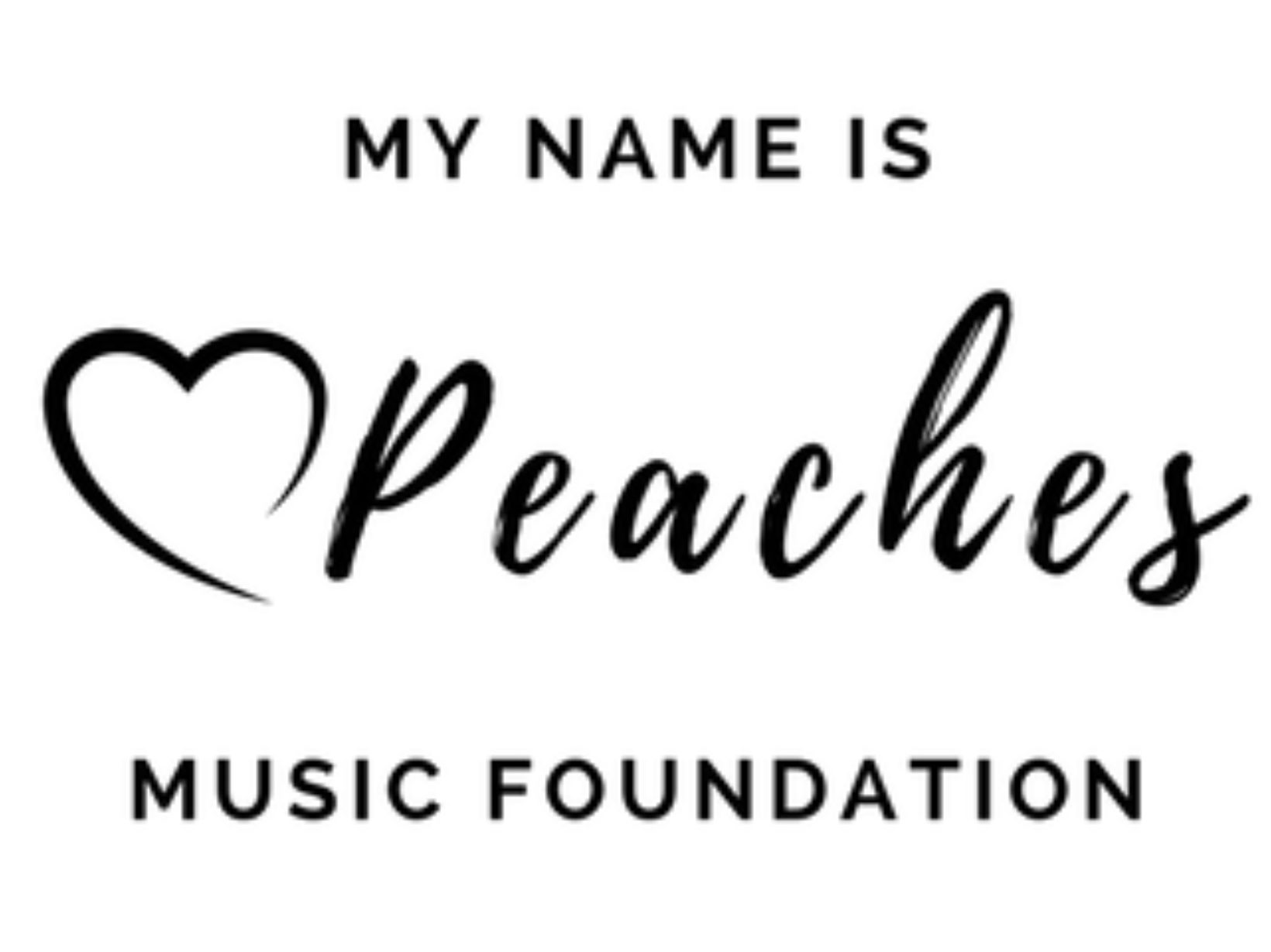As educators and parents, we’re constantly seeking innovative methods to cultivate a well-rounded growth environment for children. While traditional academics play a crucial role, it’s the harmonious blend of emotional intelligence, creativity, and learning that composes the symphony of holistic child development. Enter the art of songwriting – an unsung hero in educational and personal growth that hits all the right notes for fostering a well-balanced development in children.
Striking a Chord with Emotional Intelligence
Songwriting isn’t just about crafting melodies; it’s a conduit for children to express their innermost feelings. By translating emotions into lyrics and tunes, children learn to articulate their feelings, which is a fundamental aspect of emotional intelligence. This process of emotional articulation helps them identify and understand not just their own emotions but also those of others, fostering empathy and emotional awareness. As they share their songs and stories, they develop the ability to listen and connect, nurturing the soft skills of communication and compassion that are vital for success in life beyond the classroom.
Composing Creativity
Creativity is as natural to children as breathing, yet it needs to be encouraged and cultivated. Songwriting provides a canvas that’s as vast as their imagination. It’s an explorative process that involves brainstorming lyrics, experimenting with melodies, and playing with rhythms. This creative liberty stimulates their cognitive flexibility and encourages innovative thinking. The beauty of songwriting is that there’s no right or wrong, only a playground for the imagination, where the rules of grammar and syntax can take a backseat to poetic expression and artistic freedom.
Orchestrating Academic Learning
Far from being an extracurricular afterthought, songwriting harmonizes perfectly with academic learning. It can teach linguistic skills through lyric composition, mathematical concepts through rhythm and beat, and historical and cultural knowledge through thematic exploration. It also enhances memory and retention; just think about how a catchy tune can stick in your head for days. By embedding academic content into songs, children can learn and recall information in an engaging and joyful way.
The Ensemble Effect
Collaborative songwriting projects unite children in a unique ensemble. They learn teamwork as they share ideas, provide feedback, and create a piece that reflects a collective effort. It’s social learning in action, teaching them negotiation, cooperation, and the value of different perspectives. The result is not just a song, but a shared sense of achievement and a boost in social confidence.
The Solo Performance
For some children, the introspective aspect of songwriting can be profoundly impactful. It’s a solo performance where they are both the composer and the audience. In these moments, children learn about self-reflection, personal expression, and identity formation. They gain confidence as they find their voice and learn to trust their creative instincts.
In conclusion, songwriting is not just a musical exercise; it’s a holistic approach to child development. It’s a melody that supports emotional intelligence, a canvas for creativity, and a rhythm that enhances academic learning. As we integrate songwriting into children’s lives, we’re not just teaching them to create music – we’re helping them compose the soundtrack of their own personal and educational growth. Let’s embrace the full spectrum of learning and development, and watch as our children orchestrate their own success, one note at a time.
